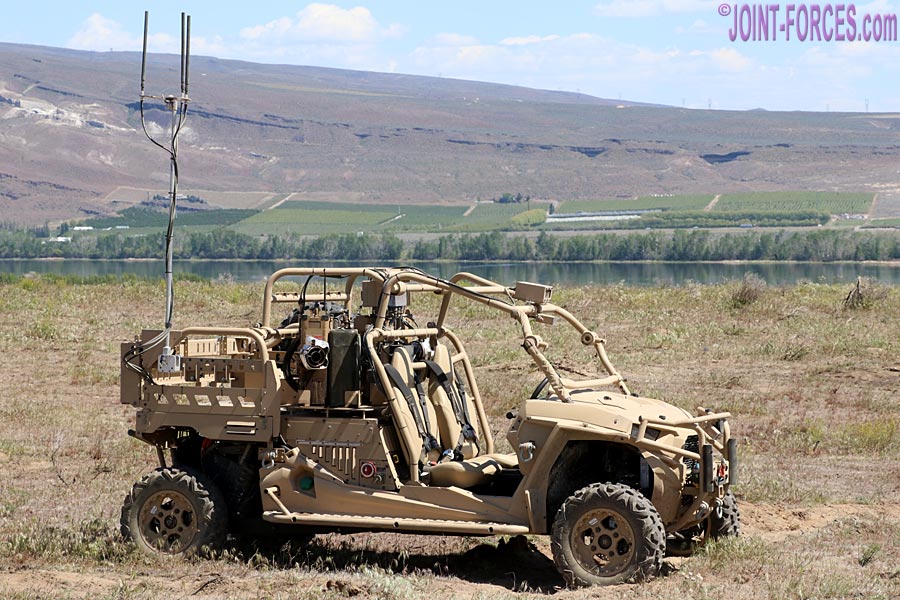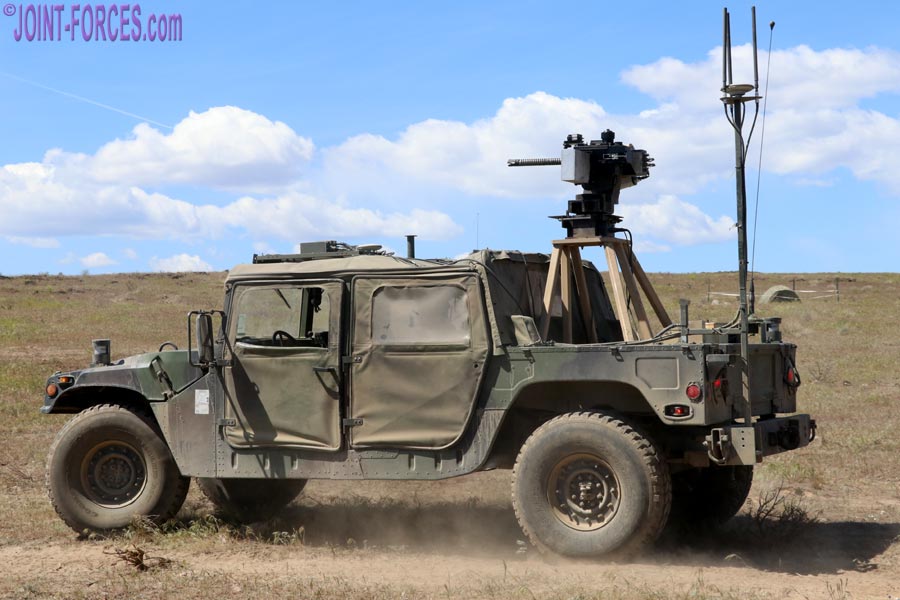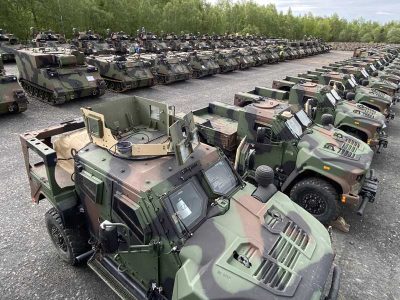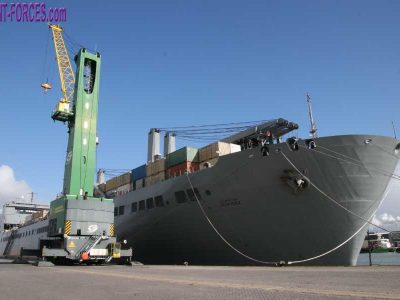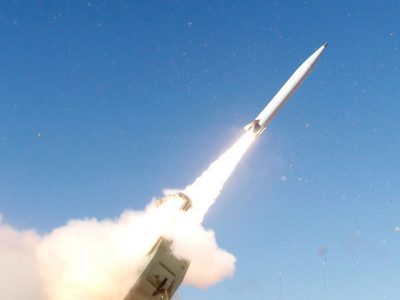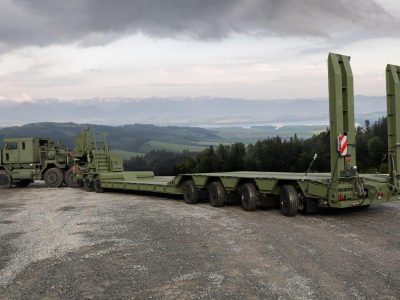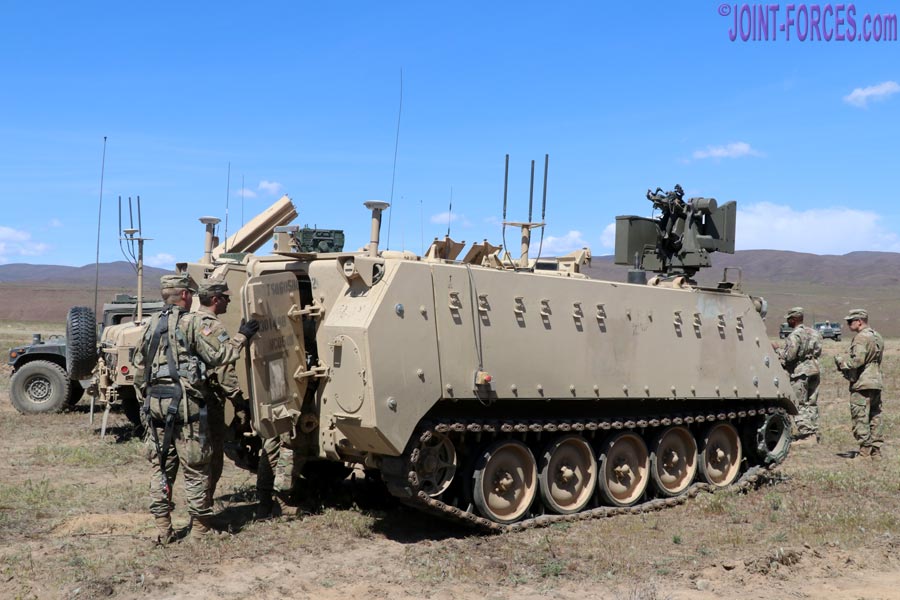
The US Army NGCV CFT and GVSC are currently conducting a two month long Robotic Combat Vehicle Soldier Operational Experiment at Fort Carson.
~
US Army News Release, 01 July 2020: The Next Generation Combat Vehicle – Cross Functional Team and CCDC Ground Vehicle Systems Center, in collaboration, are conducting soldier operational experiments to observe, collect and analyse feedback from Soldiers to assess the feasibility of integrating unmanned vehicles into ground combat formations at Ft. Carson, Col., from June 15 – Aug. 14, 2020. This is the first in a series of Soldier experiments the Army is conducting to assess if robotic combat vehicles will increase the lethality of ground combat units. For this initial experiment, the Army is equipping a platoon-sized element of 4th Infantry Division Soldiers with Mission Enabling Technologies Demonstrators (MET-D).
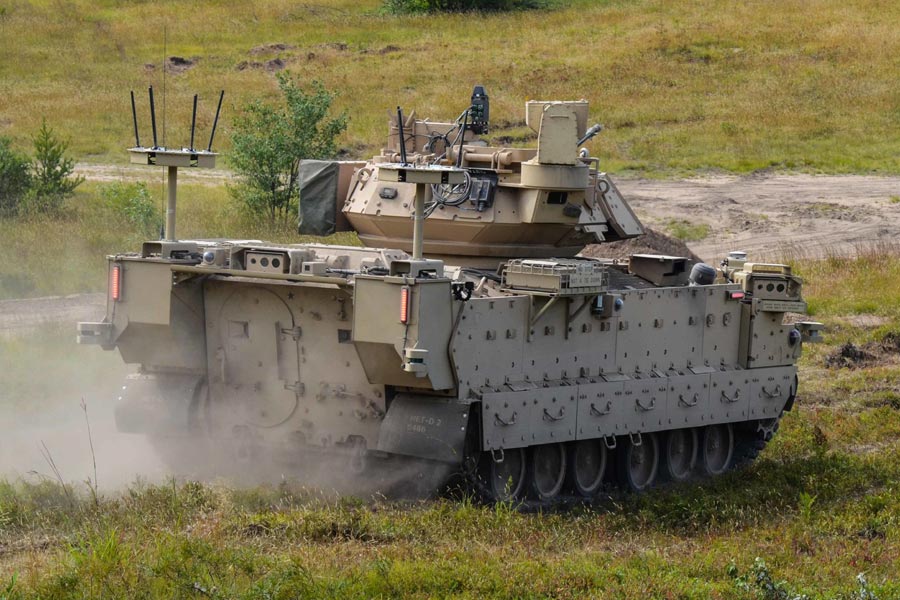
Modified Bradley Fighting Vehicles known as Mission Enabling Technologies Demonstrators (MET-D) and modified M113 tracked armoured personnel carriers, known as Robotic Combat Vehicles (RCV) are being utilised in the experimentation. The purpose of the Robotic Combat Vehicles (RCV) programme is to develop of suite of vehicles that can be remotely operated to do two things: provide additional time and space for leaders to make decisions by providing additional reconnaissance capabilities and standoff distance; or to replace Soldiers in high risk activities like combined arms breaches or Chemical, Biological, Radiological, Nuclear, and Explosives (CBRNE) reconnaissance. Ultimately, this programme is about giving Soldiers additional tools to make them successful in a complex, and multi-domain battlefield.
NGCV CFT and GVSC, as part of the Army Futures Command, are committed to executing the Army’s modernisation priorities. To that end, we are working to determine the feasibility of integrating unmanned vehicles into ground combat formations. Our ultimate goal with the RCV programme is to reduce risk to Soldiers and give leaders more time and space for decision making on the battlefield.
[Author: Kim Derryberry]
- About GVSC: The United States Army CCDC Ground Vehicle Systems Center, located in Detroit Arsenal, Michigan, is the United States Armed Forces’ research and development facility for advanced technology in ground systems. It is part of the US Army Combat Capabilities Development Command, a major subordinate command of the US Army Futures Command.
- About NGCV-CFT: The Next Generation Combat Vehicles Cross Functional Team drives combat vehicle modernisation to rapidly provide Soldiers with the most advanced combat platforms. The NGCV-CFT actively synchronises, coordinates, and resources programmes to rapidly provide Soldiers with next generation combat platforms.


